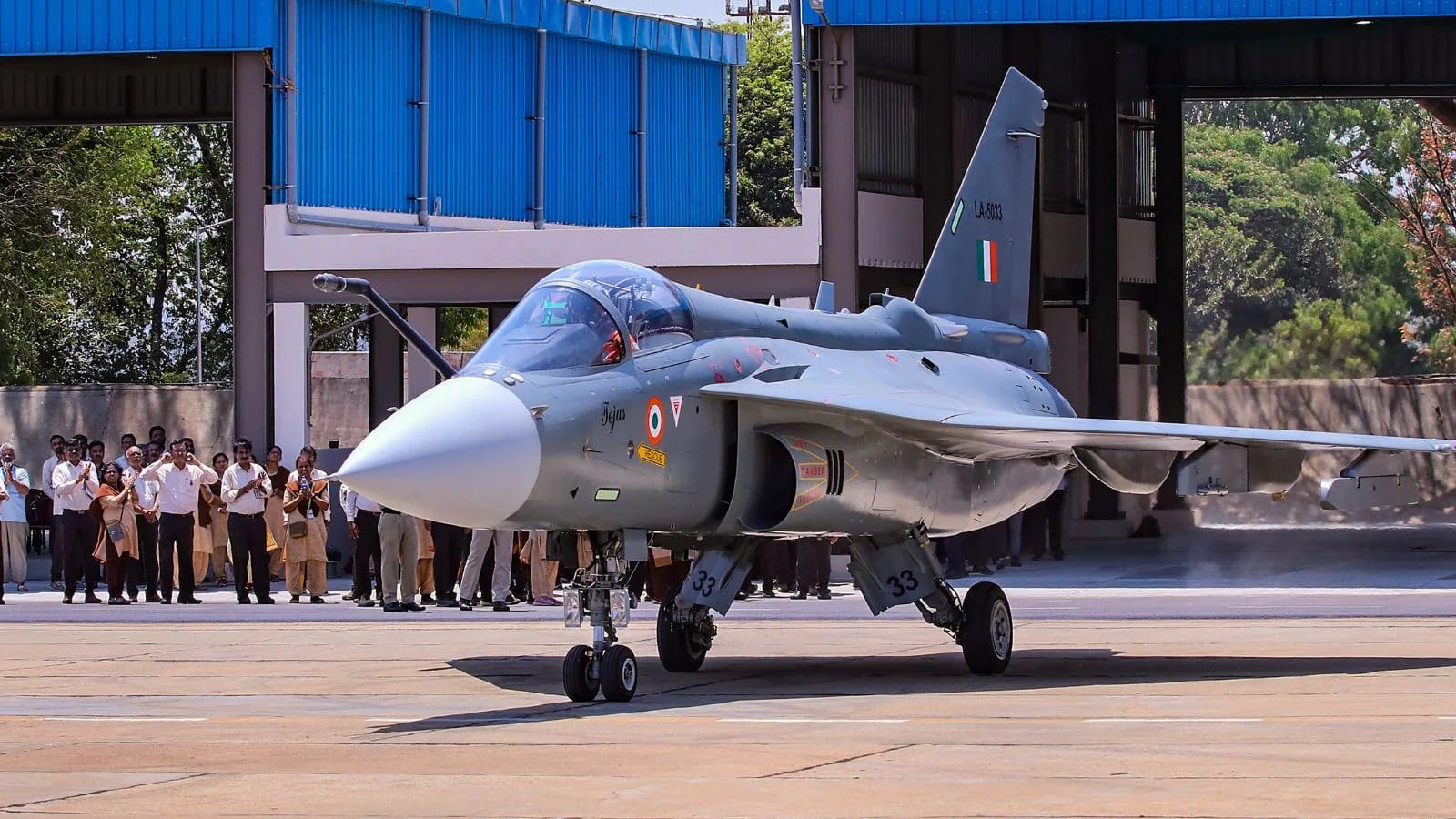India’s Tejas Mk1A completed its maiden flight, marking a major stride in indigenous fighter jet capability. Featuring advanced avionics, enhanced survivability, and increased production capacity, this 4.5-generation jet propels India’s ambition for self-reliance in defense despite remaining technological and economic challenges.
India’s indigenous fighter aircraft programme marked a significant milestone as the Tejas Mk1A took its maiden flight in Nashik on October 17, 2025. This advanced 4.5-generation multirole fighter jet represents a key step towards India's Atmanirbharta (self-reliance) in defence manufacturing, replacing aging fleets and enhancing tactical capabilities.
The Tejas Mk1A incorporates over 40 upgrades from its predecessor, featuring cutting-edge avionics such as the Israeli EL/M-2052 AESA radar alongside an indigenously developed Uttam AESA radar. It includes a unified electronic warfare suite (UEWS) by DARE providing enhanced radar-warning and jamming capabilities, and an advanced self-protection jammer pod for survivability. The flight control system is powered by the new quadruplex digital fly-by-wire computer ensuring better maneuverability and safety features like auto low-speed and disorientation recovery.
Armed with nine hardpoints, the aircraft can deploy an array of weapons – beyond visual range air-to-air missiles, short-range air-to-air missiles (ASRAAM), air-to-ground precision weapons, and internal 23mm autocannons. It is powered by the GE F404-IN20 engine, a high-thrust variant tailored for IAF requirements, enabling supersonic speeds around Mach 1.6.
HAL's Nashik facility recently inaugurated its third production line aiming to boost manufacturing output from 10 to 24 jets annually to fulfill Indian Air Force demands for at least two squadrons within four years. India is also investing heavily in domestic engine development and international partnerships to fuel next-generation jets such as the Advanced Medium Combat Aircraft (AMCA).
While the maiden flight is a crowning achievement, the journey to full indigenous capability faces technological, financial, and operational challenges ahead. However, the progress underscores India’s determination to build a robust, self-sufficient defense ecosystem aligning with national strategic priorities.
Key Highlights:
-
Tejas Mk1A completed maiden flight on October 17, 2025, in Nashik.
-
Over 40 enhancements over Mk1, including AESA radars and upgraded electronic warfare suite.
-
Equipped with unified electronic warfare suite and self-protection jammer pod.
-
Flight control system features advanced quadruplex digital fly-by-wire computer.
-
Armed with nine hardpoints for BVR missiles, ASRAAM, air-to-ground weapons, and 23mm autocannon.
-
Powered by GE F404-IN20 high-thrust engine supporting Mach 1.6 speeds.
-
HAL Nashik launches third production line to boost annual output to 24 jets.
-
Indian Air Force targeting two active squadrons of Mk1A within four years.
-
India investing Rs 65,400 crore on fighter engine technology till 2035.
-
Advanced Medium Combat Aircraft (AMCA) project and engine collaborations underway.
-
Long-term self-reliance (Atmanirbharta) still a complex path ahead.
Sources: Times of India, NDTV, Rediff, The Economic Times, Firstpost, HAL India official, Drishti IAS, Vajiram & Ravi analysis.

